The YF-12 fighter jet was instrumental in helping NASA engineers overcome the problem of engine stalling and severe vibration when flying at supersonic speeds.
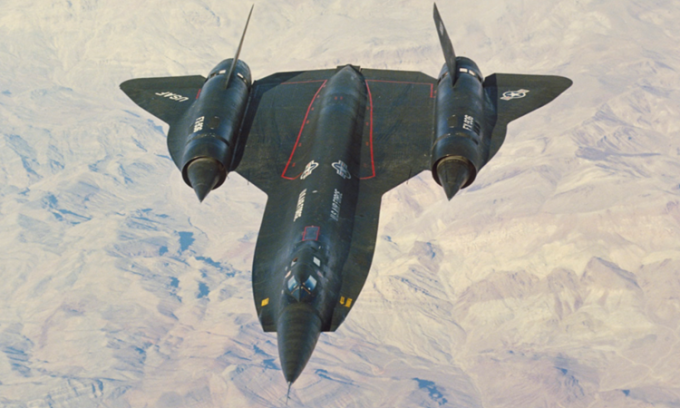
The YF-12 fighter jet can fly three times faster than the speed of sound. Photo: Wikipedia
NASA's Lewis Research Center in Cleveland used the YF-12 fighter to develop supersonic flight technology, according to Interesting Engineering . The center, a leader in aviation propulsion research since the 1940s, sought to improve technology for longer, faster supersonic flights.
The rocket-powered Bell X-1 made history in October 1947 when it became the first aircraft to fly faster than the speed of sound, opening the door to supersonic flight. Many military aircraft followed the Bell X-1, but none came close to Lockheed Martin’s Blackbird. Sleek stealth aircraft including the A-12, YF-12 interceptor, and SR-71 reconnaissance aircraft were the first to cruise at supersonic speeds for extended periods. They could fly at three times the speed of sound at altitudes above 80,000 feet. However, upgrading the technology to large transport aircraft is a challenge, largely because more data is needed to reveal how propulsion systems operate during supersonic flight.
To address undiscovered problems in the Blackbird's design and testing, and to advance a key technology known as the supersonic compression-mixing inlet, the military loaned two YF-12s that had been decommissioned in 1969 to NASA's Dryden Flight Research Center (now Armstrong). This was part of a joint NASA-USAF project to compare YF-12 flight data with wind tunnel data at NASA's Ames, Langley, and Lewis research centers.
The Lewis team has been researching supersonic intakes in wind tunnels since the early 1950s and testing supersonic nozzles on Delta Dart interceptors. In the new project, Lewis is responsible for testing full-scale YF-12 intakes in a 10 x 10 supersonic wind tunnel and analyzing the 144,567 Newton thrust Pratt & Whitney J58 engine at the Propulsion Systems Laboratory (PSL).
The mixed compression inlet allows the engine to operate as a turbofan at low speeds and a ramjet at high speeds. It is very efficient but is susceptible to turbulence, often causing a condition called "unstarts." Unstarts are sudden changes in airflow that create enormous drag, which can cause the engine to stall or cause the aircraft to shake violently.
Lewis researchers tested an inlet from the crashed SR-71 in a 10 x 10 wind tunnel in November 1971. The following year, they collected aerodynamic data under various conditions in the wind tunnel. They also tested a new inlet control system developed by Lewis engineers Bobby Sanders and Glenn Mitchell, which used multiple mechanical valves to prevent unstart. It was the first time the system had been tested in full-scale hardware. The team also tested the interactions between the airframe, inlets, engines, and control systems under normal and turbulent conditions.
In the summer of 1973, a full-scale J-58 engine became the first piece of hardware to be tested in the second PSL pressure chamber at Lewis. Researchers collected data under normal and variable conditions the following year. The PSL tests also measured engine exhaust in an effort to assess the high-altitude emissions of supersonic flight.
The YF-12 program also demonstrated that small-scale models could be used to design full-scale supersonic inlets. Flight data was used to better understand the effects of small-scale models and tunnels on the data. Most importantly, the Lewis program led to the development of a digital control system that improved the response of supersonic inlets to flow disturbances, virtually eliminating engine restarts. Many of the ideas from the program were used in the design of the SR-71 aircraft in the early 1980s and contributed to NASA's supersonic passenger aircraft efforts for decades.
The YF-12 program ended in 1979 as NASA shifted its focus to other aviation priorities. By that time, YF-12s had flown nearly 300 research flights, completing a year of ground testing in NASA's wind tunnel.
An Khang (According to Interesting Engineering )
Source link




![[Photo] Students of Binh Minh Primary School enjoy the full moon festival, receiving the joys of childhood](https://vphoto.vietnam.vn/thumb/1200x675/vietnam/resource/IMAGE/2025/10/3/8cf8abef22fe4471be400a818912cb85)

![[Photo] Prime Minister Pham Minh Chinh chairs meeting to deploy overcoming consequences of storm No. 10](https://vphoto.vietnam.vn/thumb/1200x675/vietnam/resource/IMAGE/2025/10/3/544f420dcc844463898fcbef46247d16)

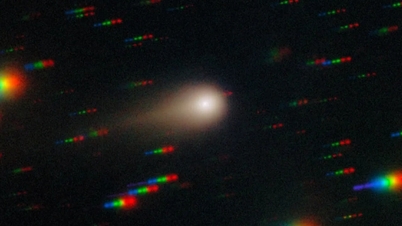

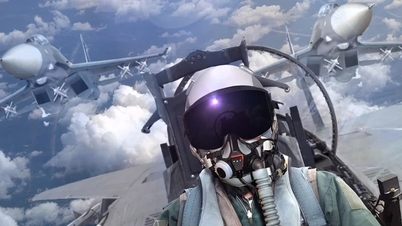
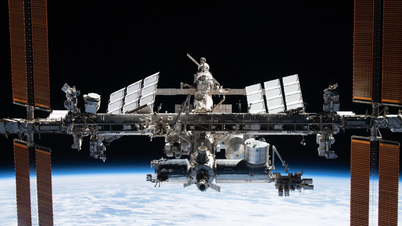

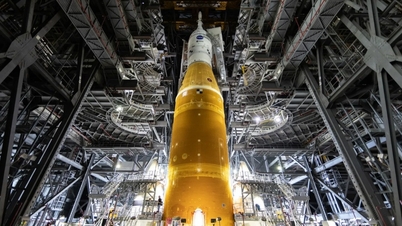


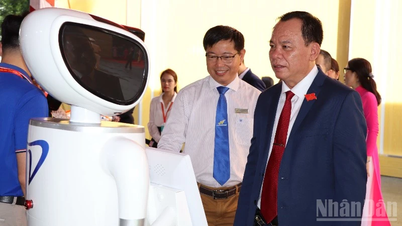




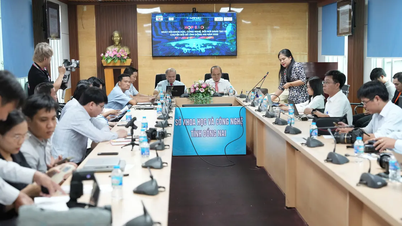



































































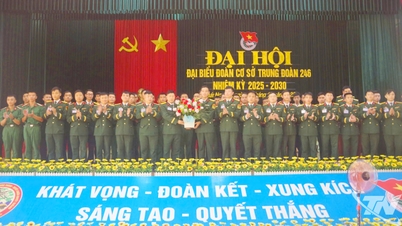













Comment (0)